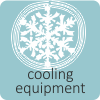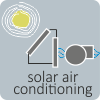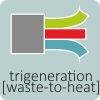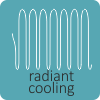Following key steps are important for energy efficiency in comfort systems:
- Use of sustainable design feature to reduce the energy requirement for heating, cooling, and ventilation
- Different spaces have different cooling requirements based on surrounding conditions and functional use. For eg, a space next to a glazed area would have more cooling requirement in summer compared to any space which is less exposed to glazed area. Thus, designer to focus to zone all spaces with similar conditioning requirement together.
- Define the optimized set points as per the thermal comfort model of India
- Many different systems are available in the market with different efficiency range and cost. Select the correct system applicable based on the functional requirement, energy efficiency concerns, and operational use.
- Integrate systems like demand controlled ventilation and energy recovery system to reduce the system size
- Application of economizers, evaporative cooling & condenser, and natural ventilation could reduce the operational energy use significantly.
- Design the system with optimized pressure drop and frictional losses to reduce the fan and pump sizes. Application of VFD in these systems should also be looked into for best efficiency
- Select best possible energy efficient equipment for each component under selected comfort system.
- Controls should also be integrated into the design for reducing operational energy use based on the schedule and occupancy.
- Explore the possible use of low energy comfort systems like radiant cooling, three stage evaporative cooling etc. to replace the conventional comfort system.
HVAC design and equipment selection majorly depends on:
- Building functional use, type, and operational schedule
- Variation in operational schedule and potential of system controls
- System complexity
- Commissioning – pre occupancy and post occupancy Design



















